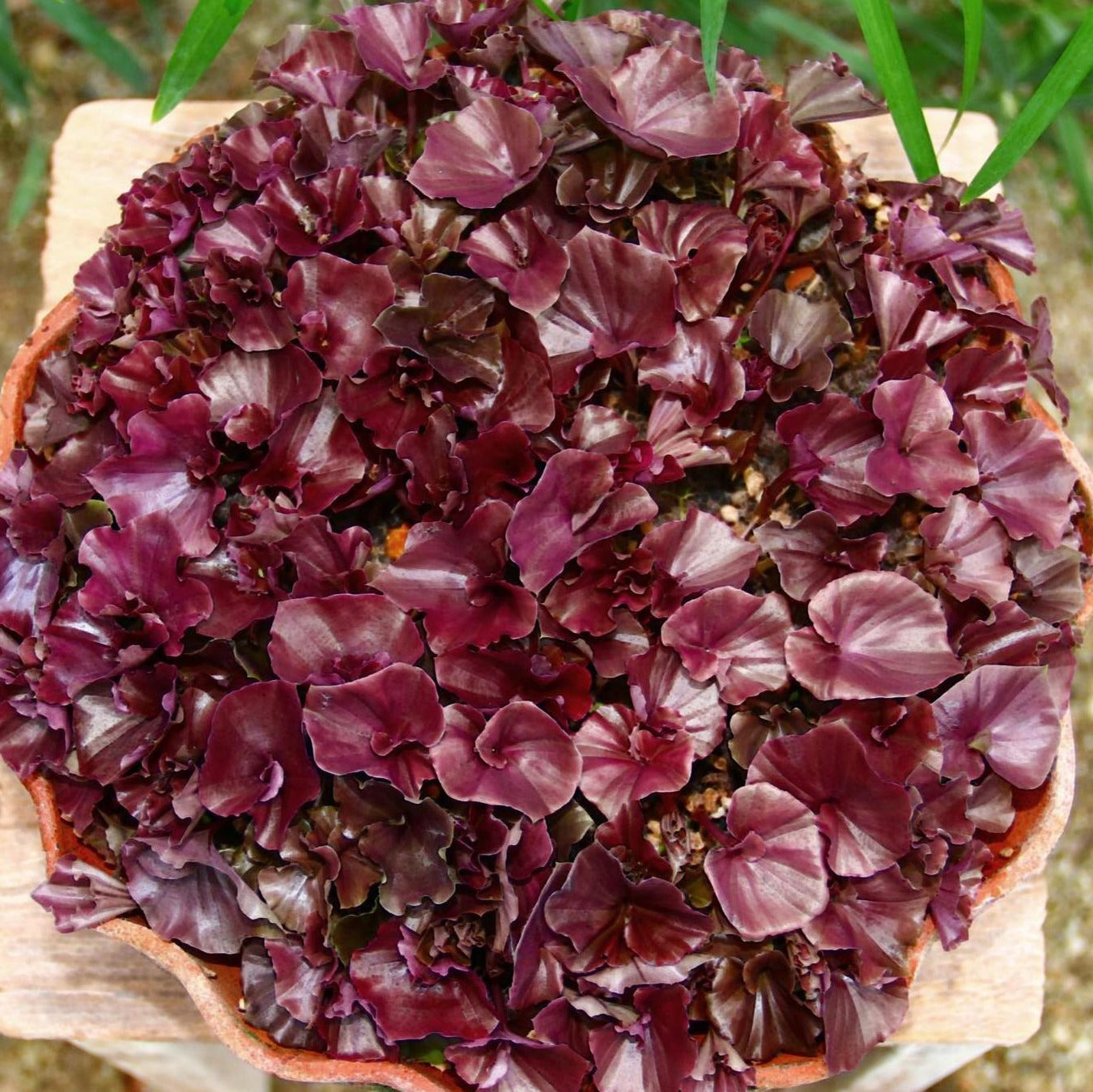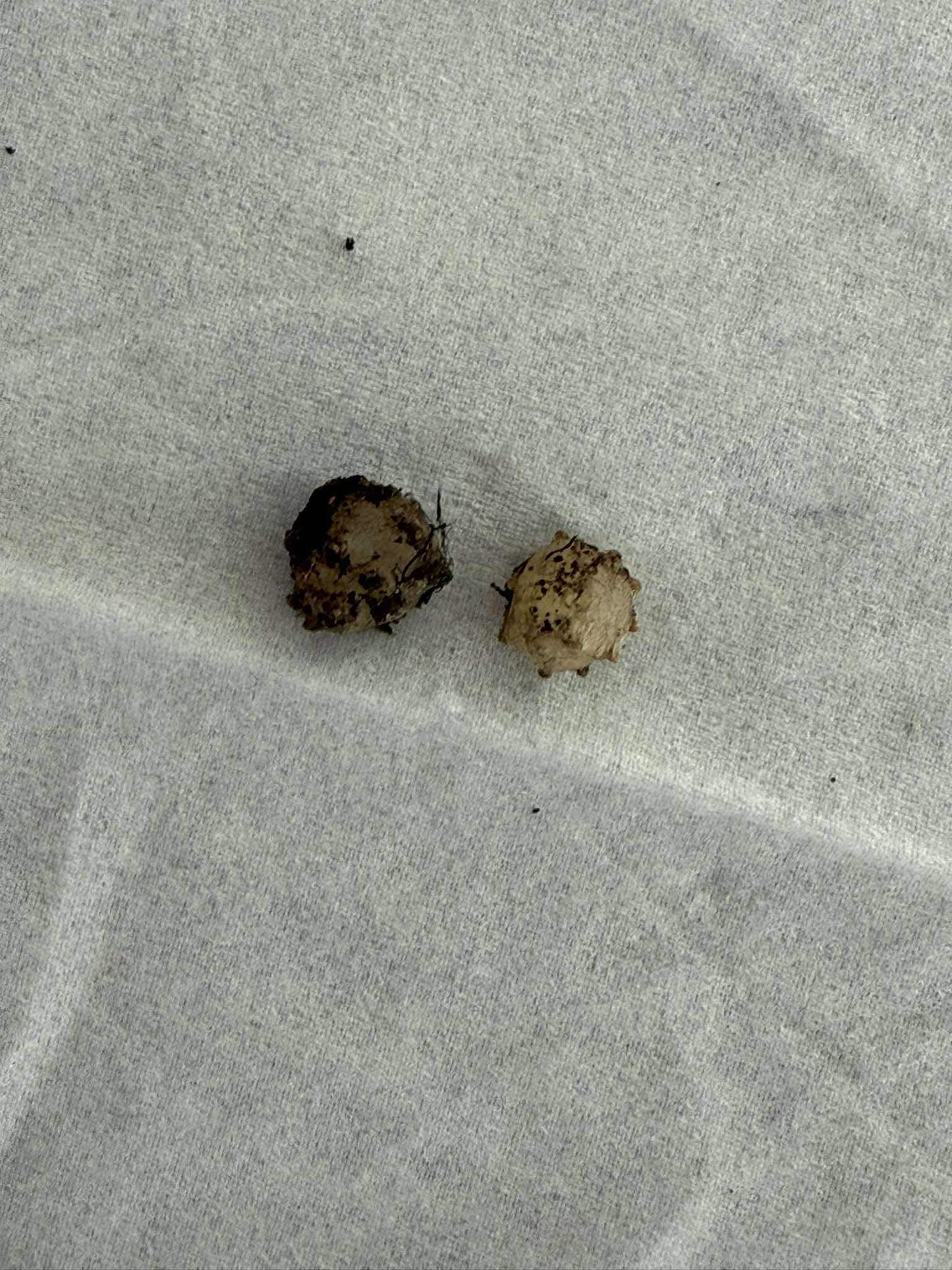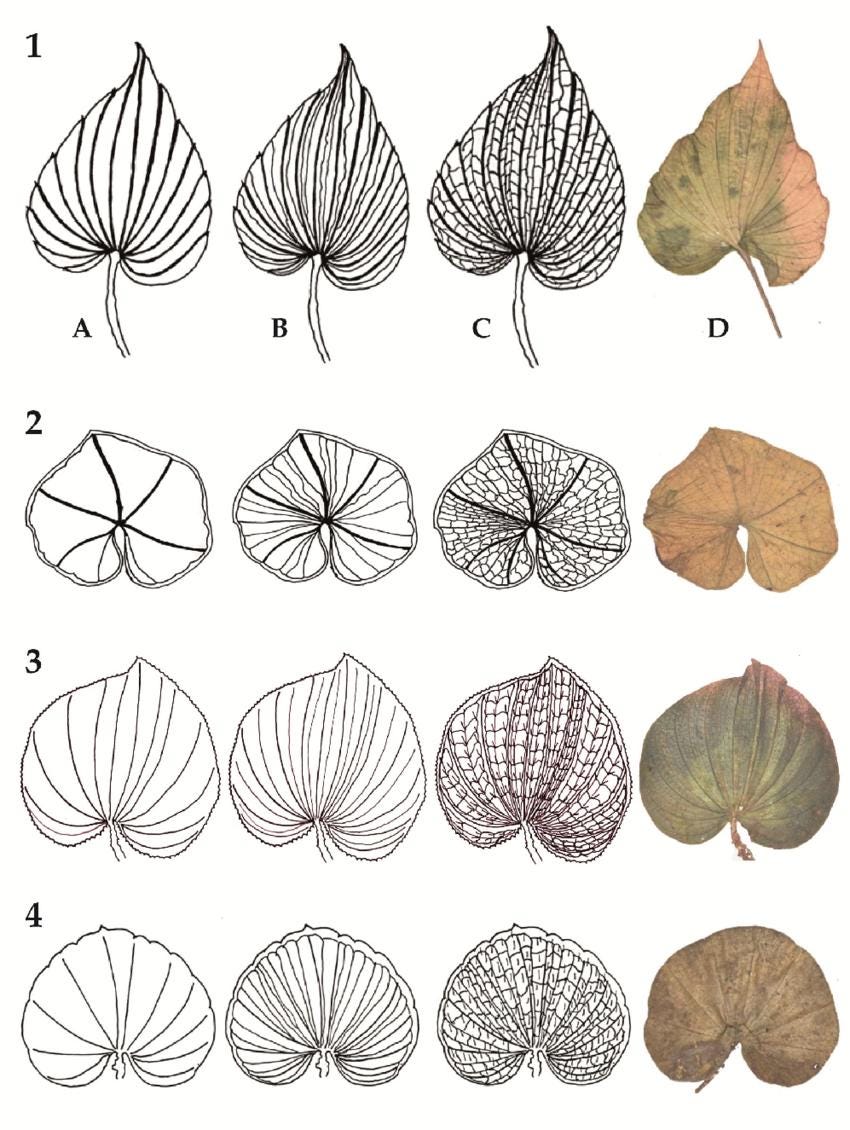ร้านค้าของฉัน
Orchid Nervilia punctata (purple) 2 tuber for gardens, and rareorchid collection
Orchid Nervilia punctata (purple) 2 tuber for gardens, and rareorchid collection
Couldn't load pickup availability
Orchid Nervilia punctata (purple) 2 tuber for gardens, and rareorchid collection
***
Nervilia Cultivation Guide
Nervilia is a fascinating genus of terrestrial orchids found in tropical and subtropical regions, especially in Asia, Australia, and Africa. These orchids are known for their seasonal appearance—many species send up flowers before the single leaf appears, often after dry periods or forest fires.
Here's how to cultivate Nervilia successfully:
🌿 General Information
Type: Terrestrial orchid
Growth habit: Deciduous with a dormancy period
Common species: Nervilia aragoana, Nervilia plicata, Nervilia punctata, Nervilia crociformis
Native habitat: Forest floor, often in leaf litter or shaded areas
🌞 Light
Filtered light or dappled shade is ideal (think forest understory).
Avoid direct sunlight, especially during hot seasons—it can scorch the delicate leaf.
🌡️ Temperature & Humidity
Warm temperatures: 20–30°C during growing season
Cooler during dormancy: 15–20°C is fine
High humidity (60–80%) during the growing period
Good air circulation is essential to prevent mold or rot.
💧 Watering
Growing season: Keep the soil evenly moist, never soggy.
Dormant season: After the leaf dies back, reduce watering significantly or stop until new growth appears.
Let the pot dry between light waterings during dormancy.
🌱 Soil & Potting
Use a well-draining terrestrial orchid mix, such as:
Leaf mold
Fine bark
Charcoal
A bit of perlite or pumice
A shallow wide pot is preferred due to the rhizomatous spreading growth.
Some species do well when planted directly in shaded garden beds with good organic matter.
🌸 Flowering
Flowers appear before or without leaves, usually at the start of the rainy season or after temperature changes.
The blooms are short-lived, often lasting only a few days.
After flowering, the single leaf emerges and photosynthesizes for several months.
🌱 Propagation
Mostly propagated through rhizome division during dormancy.
Seeds are very tiny and require specialized conditions (symbiotic fungi) for germination—difficult without a lab.
🛠️ Tips for Success
Mimic the natural seasonal cycle: dry dormancy, followed by a warm wet growing period.
Be patient: some species may not flower every year.
Avoid disturbing the plant frequently, especially during dormancy.
Share





